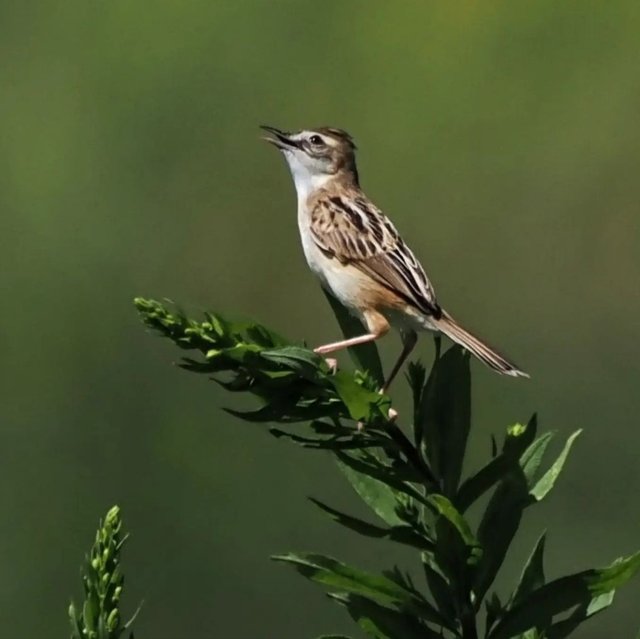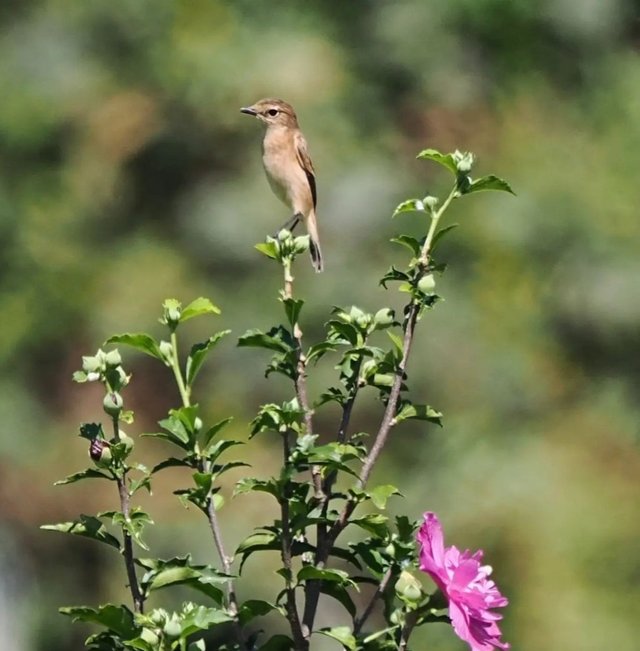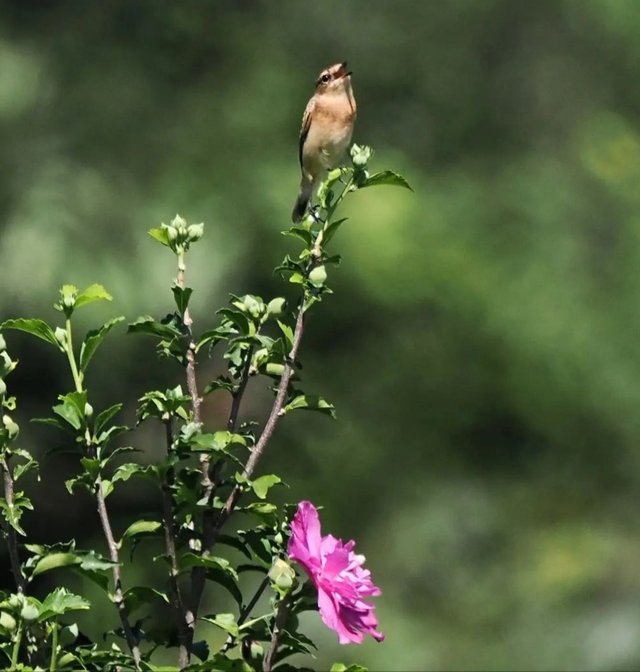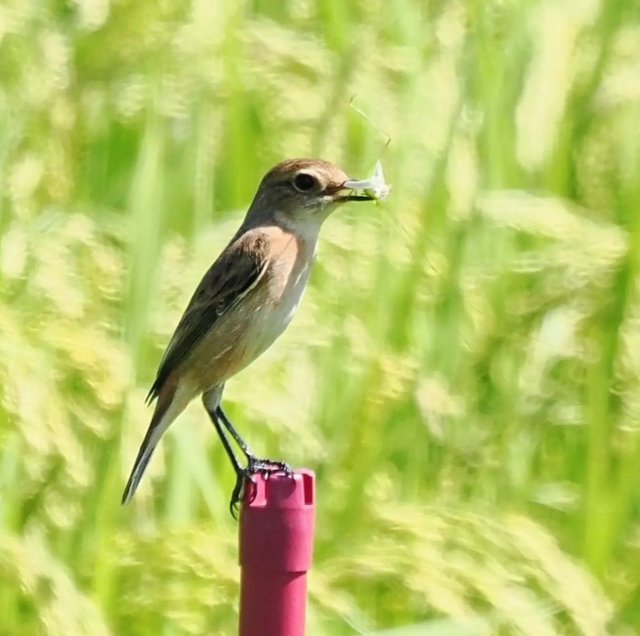So Beautiful Zitting Cisticola Bird
The Zitting Cisticola: A Master of Stealth and Song
The Zitting Cisticola, also known as the Streaked Fantail-Warbler, is a small but remarkable bird that belongs to the family Cisticolidae. This inconspicuous, yet widespread species is known for its elusive nature, distinctive call, and striking breeding behavior. It has a vast distribution range, spanning across Africa, southern Europe, and Asia, thriving in open grasslands, wetlands, and farmlands where it can blend seamlessly into the environment. Despite its small size and relatively plain appearance, the Zitting Cisticola is a fascinating bird with unique adaptations and behaviors.
Appearance and Identification
The Zitting Cisticola is a small, sparrow-sized bird, measuring around 10 to 12 cm in length and weighing about 10 grams. It has a rather nondescript plumage, which helps it blend into the grassy habitats it favors. Its upper parts are brown, heavily streaked with darker markings, while its underparts are paler, almost whitish. The wings are rounded and short, and the tail, though relatively long, is often held at an angle that makes it appear shorter. The tail is also squared off with faint barring and a pale tip, visible when the bird is in flight.
One of the most distinguishing features of the Zitting Cisticola is its prominent streaking on the back and crown, giving it a striped or “streaked” appearance. The face is marked by a pale supercilium that runs from the base of the bill to just behind the eye. These streaks and subtle patterns give the bird an edge in blending into its grassland habitats, making it a challenge to spot when perched.
Distribution and Habitat
The Zitting Cisticola enjoys a vast range that spans continents, making it one of the most widely distributed species in its family. It is found across sub-Saharan Africa, southern Europe, the Indian subcontinent, Southeast Asia, and even parts of Australia. This wide range reflects the species' adaptability to different climates and habitats.
Its preferred habitat includes open grasslands, marshes, agricultural fields, and coastal reed beds. It tends to avoid dense forests or heavily wooded areas, favoring instead low vegetation where it can hunt insects and build nests. These birds are often seen in areas with tall grasses or reeds, as these provide the perfect cover for their nesting sites and foraging activities.




